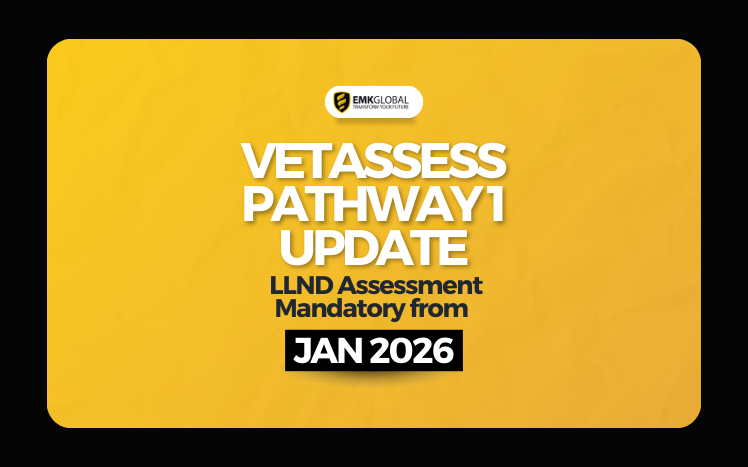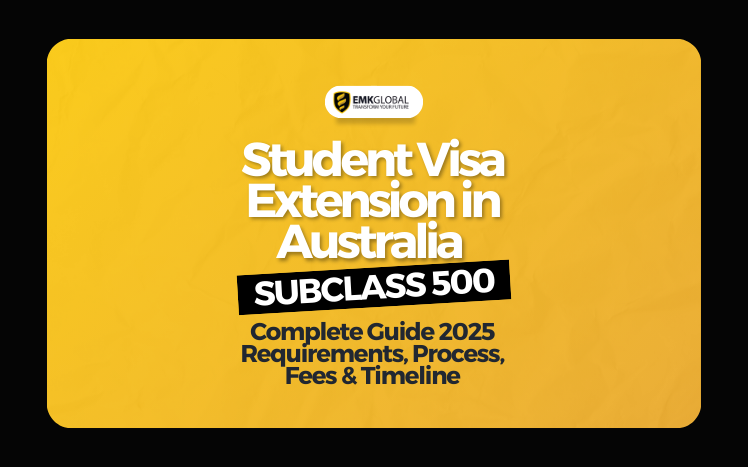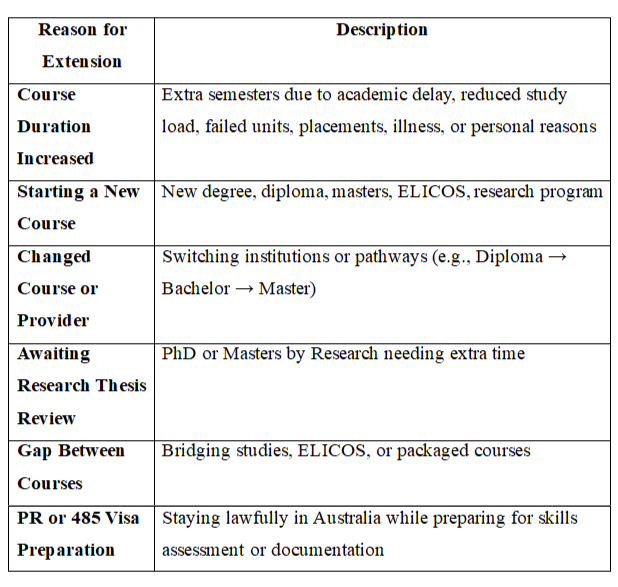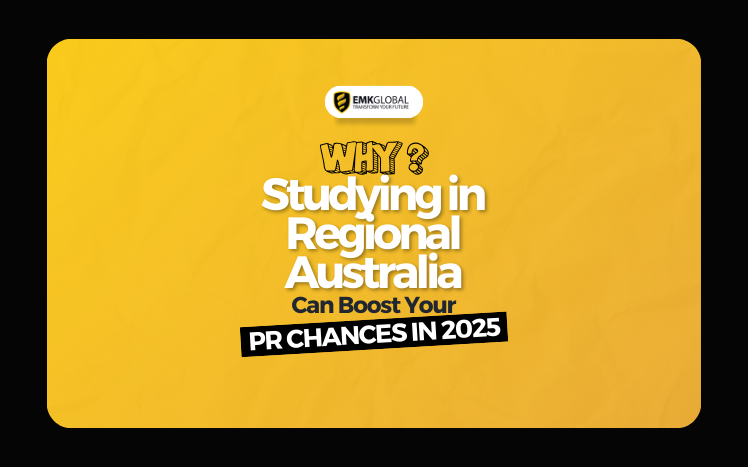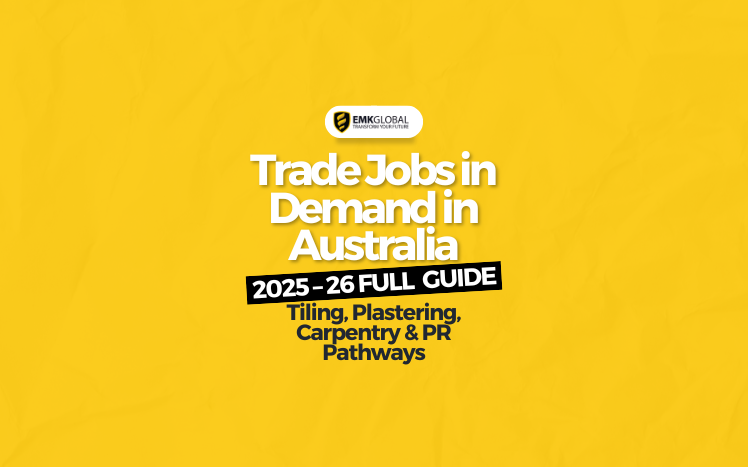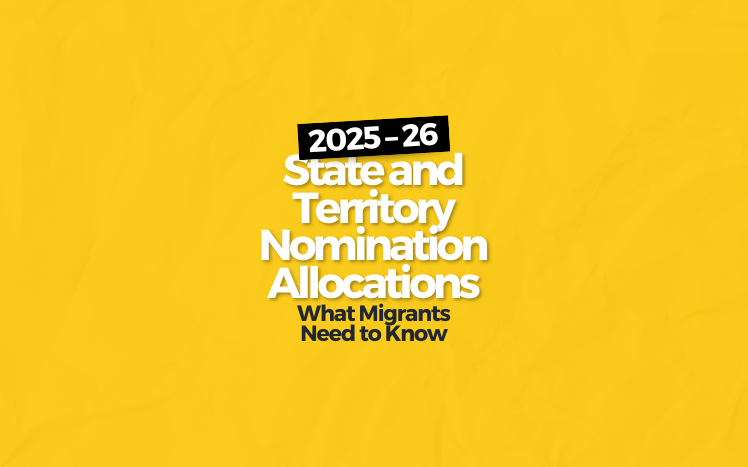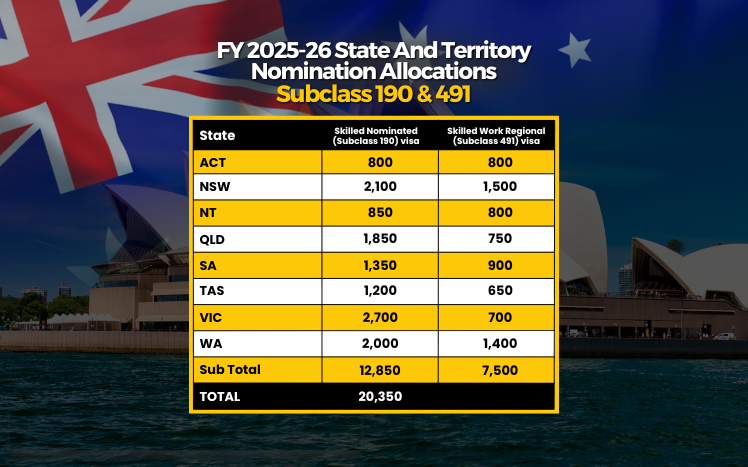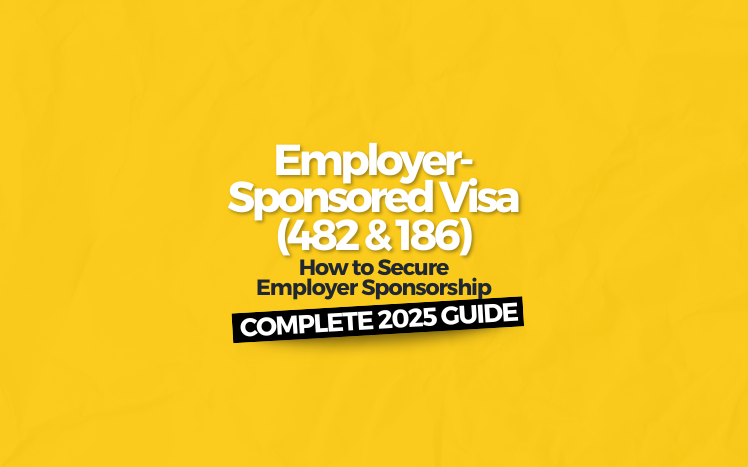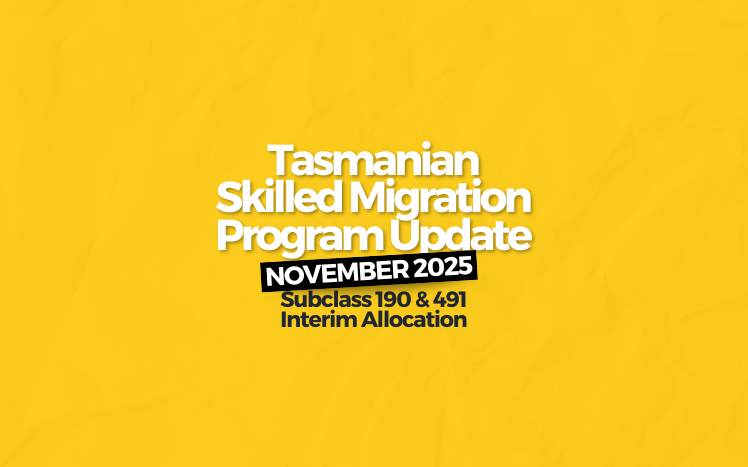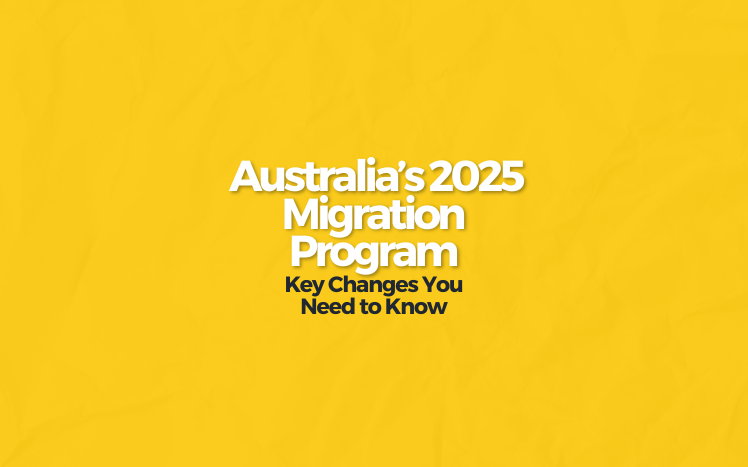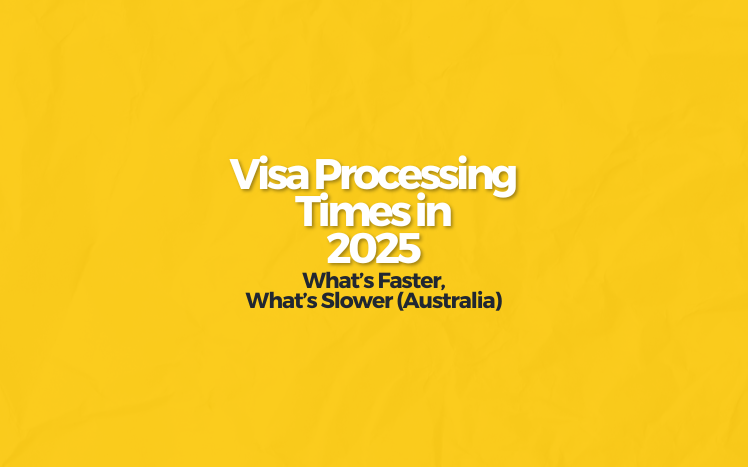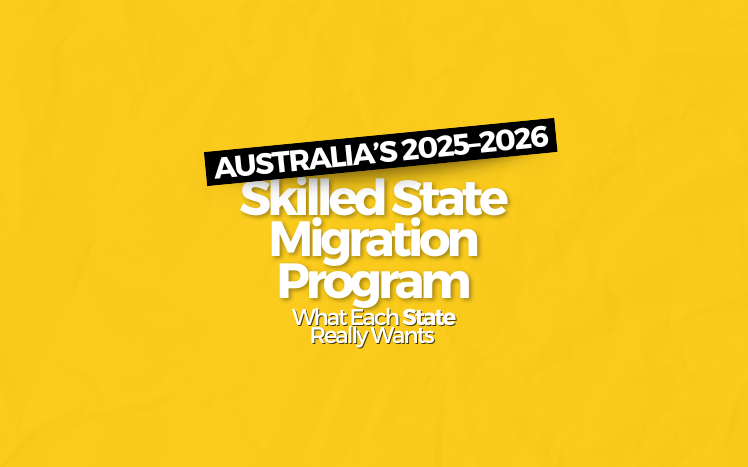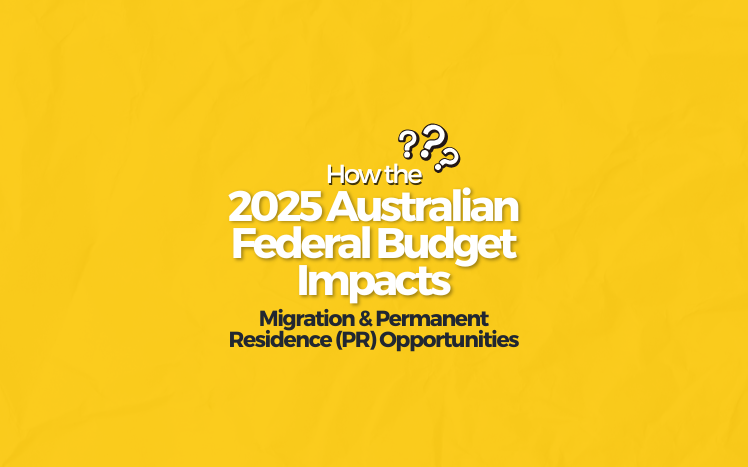Short summary — headline takeaways:
• Faster in 2025: many visitor visas and simple student visa applications (when complete) are being processed significantly faster.
• Slower / at risk of delays: partner and some permanent family visas, and parts of the employer-sponsored / skilled visa pipeline (notably the revamped skilled streams including subclass 482) have seen longer waits.
• Most important rule: always check the Department of Home Affairs visa processing times tool for live data — it’s the single most authoritative source for estimates.
Where to find official, live processing times
The Department of Home Affairs publishes rolling processing-time data and a visa processing times guide. This is updated regularly and shows the proportion of applications finalised within certain time bands (e.g., 75% and 90%). Always use this tool before making plans.
Fast processing: which visas are quickest in 2025
1. Visitor & short-term visas (Visitor, ETA, Working Holiday)
Visitor and short tourist/business visas are generally among the fastest processing categories. For many nationalities and straightforward applications (no complex health/character issues), decisions can be issued within days to a few weeks.Home Affairs continues to prioritise short-stay visitor streams to support tourism and business travel.
2. Student visas (subclass 500) — faster when complete
In 2025 many providers and migration advisers report improved student visa timelines compared with COVID-era backlogs — commonly around 30 days for most complete applications(75%–90% bands vary by nationality and completeness). That said, incomplete applications, missing OSHC, or complex history can still add weeks. Use the Home Affairs processing times page for the latest banded estimates.
3. Some temporary skilled streams (core cases)
Certain employer-sponsored nominations that are complete and meet salary/market-rate evidence can be processed relatively quickly — especially core stream temporary skilled nominations where documentation is straightforward. However, see the “slower” section for important caveats.
Slower processing: problem areas and bottlenecks in 2025
1. Partner & family permanent visas
Partner visas and some family permanent visas commonly have long processing times due to identity, character and complex relationship checks, and a backlog of lodged applications. Specialist commentary and migration agents caution that partner streams continue to be among the slowest for PR outcomes in 2025. If you rely on partner or family pathways, expect long waits and plan accordingly.
2. Revamped skilled visa streams — delays in practice (notably Subclass 482/skills in demand)
The government’s late-2024/2025 rollout of revamped skilled/“skills in demand” arrangements (replacing older temporary skilled categories) aimed to attract specialists — however, processing delays have been widely reported, especially in the core stream where demand has surged. Media and industry bodies reported that median processing targets (days) have been missed, with some employers experiencing months-long delays for critical hires. This is one of the more consequential slow zones because it affects business hiring.
3. Permanent skilled visas (EOI based) — competition & queueing
Permanent skilled visas (e.g., subclasses 189, 190, and 491 pathway to 191) depend on invitation rounds, state nominations and points competition . Processing times can be prolonged by: high demand, limited nomination slots, requests for further evidence and occupational checking. Expect variable waits — some decisions in months, others longer if occupation lists and state caps shift.
4. Protection & humanitarian caseloads — complex, variable
Protection and refugee pathways are inherently complex and often involve interviews, security and international law considerations. Delays are common and can be long depending on tribunal processes and appeals. Budget allocations have increased for humanitarian services, but complexity remains.
Why processing times vary — the main drivers
1. Application completeness: The single biggest cause of avoidable delay is missing or inconsistent documentation (police checks, health checks, English test evidence, COE/offer letters, employer sponsorship paperwork). Complete, well-organised applications move faster.
2. High demand & program caps: Some streams are filling fast (students, skilled nominations) which pushes up wait times and queueing for invitations. National planning levels and state nomination allocations influence timing.
3. Policy changes & implementation: New complex policy rollouts (for example skilled visa redesigns) increase verification requirements and operational workload, lengthening processing while systems adapt. Industry reporting in 2025 highlights this for the revamped skills streams.
4. Security/health/character checks: These checks can add weeks, particularly where international police or medical clearances are slow. Applicants from some countries may face longer external checks.
5. Employer & sponsor compliance checks: For sponsored visas, government may audit employers’ compliance (training benchmarks, wages), which can add time.
6. Appeals & tribunal processes: If a refusal is appealed, the tribunal backlog lengthens overall time before final outcome.
Realistic 2025 timeframe examples
Visitor visas / ETA / eVisitor: Days → 2 weeks (often fastest).
Student visa (subclass 500):\~30 days (75% cases); up to 48 days (90% cases) reported by industry observers when complete. Incomplete apps take longer.
Temporary Graduate (subclass 485): improving in 2025; many applicants report faster decisions but timelines still vary by stream and evidence.
Subclass 482 / Skills in Demand (core & specialist): weeks to months — many businesses report processing times longer than official targets due to surges and compliance checks.
Skilled PR (189/190/491 → 191): months depending on state nomination and occupation list status; invitation round timing crucial.
Partner visas & family permanent visas: typically many months to years depending on caseload and checks; these remain among the slowest.
Protection / humanitarian outcomes: can be very long due to complexity and tribunal processes.
Country / state differences & policy context
Processing times are national (Home Affairs handles decisions centrally) but state nomination timelines and policies differ. State nomination quotas, priorities and processing delays can affect subclass 190/491 applicants. Some states may reach nomination caps and close streams — this delays invitations more than Home Affairs’ final processing time. Keep an eye on the target state’s migration pages.
In 2025, political debates and budget signalling have led states to lobby for more nomination places in key sectors (health, construction, aged care). If states increase allocations or create regional priority lists, that can change timelines for applicants targeted by those states.
How to reduce delays — practical checklist (actionable steps)
1. Complete the application package: include certified ID, police checks, medicals, proof of funds, COE (student), employment contracts (sponsored visas), and correct forms. Homogenise names across documents to avoid identity checks.
2. Use the Home Affairs processing times tool before planning: the live bands (75%/90%) show realistic expectations for your subclass.
3. Lodge early — especially before policy cut-offs: where threshold increases or policy changes are due (e.g., salary thresholds), lodging before the effective date can be crucial. Industry commentary in 2025 emphasised early lodgement to avoid new thresholds.
4. Respond quickly to requests for informational: delayed responses to “requests for further information” add days/weeks. Monitor ImmiAccount and email.
5. Engage a registered migration agent for complex cases: this can reduce error-related delays, especially for PR and partner visas.
6. Ask employers to prepare sponsorship evidence early: employers should prepare labour market evidence, sponsorship documents and salary proof to avoid employer-check delays for sponsored streams.
7. Plan backups if dependent on employment start dates: hiring timelines can slip if visa processing extends — employers and employees should plan contingency dates.
Digital reforms & the Home Affairs agenda (what’s changing that affects timings)
The 2025 Budget and Home Affairs investments allocated hundreds of millions toward visa processing upgrades and digital transformation. These investments aim to reduce manual processing , speed up identity and background checks, and provide better customer updates — but system transformations can temporarily increase processing time during migration to new platforms. Expect gradual improvements, but also short-term volatility while new systems settle.
Pandemics-era backlogs and future outlook
Post-COVID backlogs for certain streams have been a legacy issue. In 2025 the government prioritised clearing student visa backlogs and supporting labour market needs — but surge demand in some skilled streams is creating fresh pressure. Industry bodies are calling for increased processing capacity and clear service targets to stabilise timelines. Expect an uneven recovery across streams in 2025–26.
FAQs — quick answers
Q: How long will my student visa take in 2025?
A: For complete applications, many applicants see decisions in about 30 days (75% band) and under 48 days for 90% — but check the Home Affairs tool for your nationality and circumstances.
Q: Are partner visas faster or slower in 2025?
A: Partner and family permanent visas remain among the slowest due to extensive checks and backlog; expect months to years in some cases.
Q: Is employer sponsorship (482) fast now?
A: Not uniformly — the revamped skills streams have seen significant delays in 2025 for many applicants. Specialist streams sometimes move faster, but core streams are experiencing bottlenecks. Employers should prepare for potential months-long waits.
Q: Will the 2025 Budget speed up visas?
A: The Budget invests in digital systems and processing capacity, which should improve speed long-term — but implementation can temporarily create variability. Use the official processing pages for live timing.
Final checklist before you lodge
- Double-check documents, names and translations.
- Pay attention to visa-specific evidence (COE, OSHC, job offer, sponsor docs).
- Lodge before any known policy effective dates if thresholds are rising.
- Keep copies of all uploads and receipts.
- Use registered migration advice for complex/PR cases.



